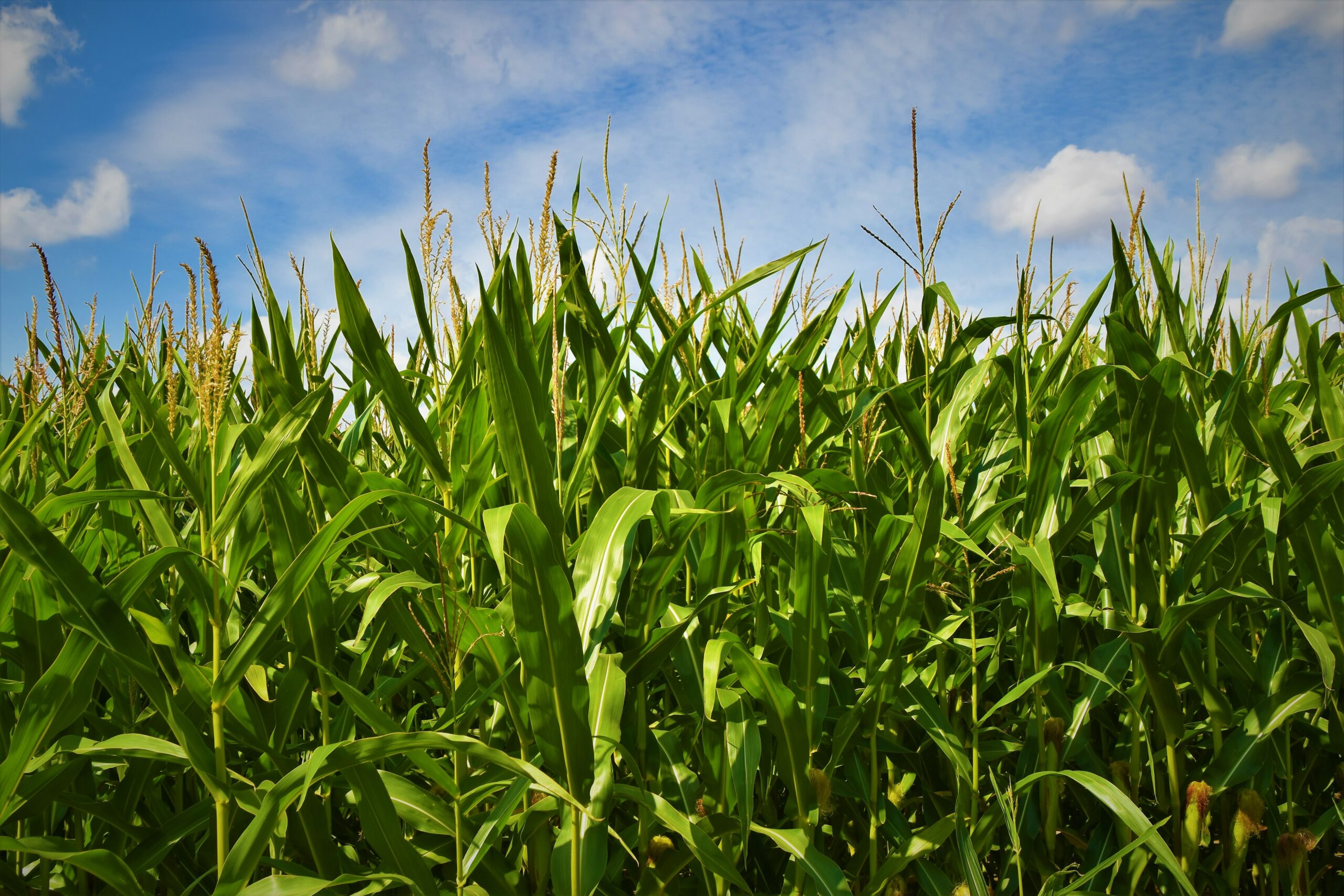
Field trials show effectiveness of a fertiliser made by pyrolysis of cellulose fibre insulation containing boron flame retardant. Boron is on the EU Critical Raw Materials list since 2014, with 70% being used in glass and ceramics, 12% in fertilisers (18% other). Borate is used as a PIN FR in bio-sourced insulation materials, with annual use in the application estimated by the authors as around a quarter of EU use in fertilisers. For this study, boric acid treated cellulose insulation material (produced from recycled paper, Isocell, Austria) was pyrolysed at 600°C to generate a biochar, tested in field trials with maize and sunflower. The pyrolysis partly converts the boron to low-solubility forms, which is important to avoid losses from soil or possible toxicity to plants, and to reflect plants’ slow need and uptake over time. Plant uptake of boron using the insulation material biochar was double that of control (boron content in shoots) and similar to that with a soluble synthetic sodium tetraborate. Lysimeter tests were also carried out, showing that boron losses to ground water using the insulation material biochar did not exceed EU drinking water boron limits.
“Field evaluation of a boron recycling fertiliser”, O. Duboc et al., Plant Soil & Environment, 67, 2021 (2): 110–119 https://doi.org/10.17221/567/2020-PSE Photo Waldemar Brandt on Unsplash